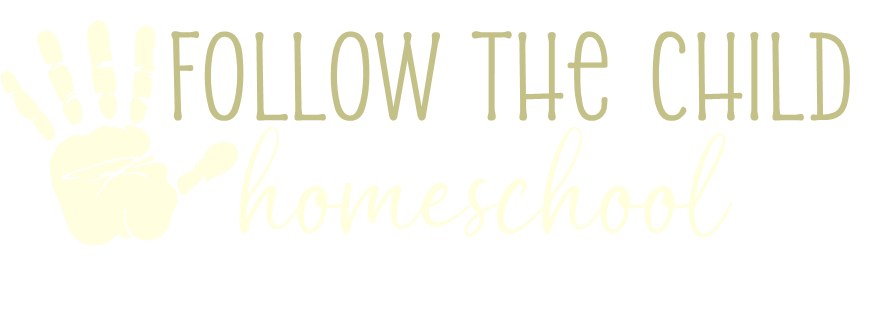What Math Materials Do I REALLY Need?
The thing about Montessori classroom materials is that there are A LOT of them. This is helpful in a classroom situation where you serve 20-30 children at any given time who are all at a different point in learning but at the “same” grade level, thus requiring redundant methods of practicing the same skill to facilitate classroom management. It is less helpful in a homeschool setting where you have 1-5 children who are probably all at a different grade level, and with whose learning styles the teacher is intimately familiar. You have chosen homeschooling the customize your child’s learning experience – this includes customizing their learning environment.
Counting – Definite Musts
1. Colored Beads (“Bead Stair”) – recommend getting the multiplication box set; will be used all the way through advanced operations and can be used instead of bead chains
2. Counters (recommend bi-color disks, popsicle sticks) – may also choose to use themed or seasonal counters (mini-dinosaurs, mini-erasers, flat marbles, etc.)
3. Hundred Board – recommend single color (don’t get set with tiles color-coded by tens row)
4. Number Cards (recommend wooden, two sets)
Counting – Optional
1. Number Rods (strongly recommend table-top size rather than floor set) – offer additional way to explore fixed quantities and can be used for simple addition
2. Rekenrek (recent addition to the Montessori world, but extremely useful) – valuable for subitizing, but not necessary if you are using bi-color disks as counters
3. Black/White Beads (one set recommended) – inexpensive, but necessary for Addition Snake Game
4. Sandpaper Numerals – alternatively, could use playdough or sand tray instead (more flexible – can use for letters, also.)
Counting – Don’t Bother!
1. Bead Stair Hangers – helps with classroom management
2. Spindle Boxes – could use popsicle sticks instead, if you really want
3. Teens Board (“Seguin Boards”) – If you have a student who is REALLY struggling with teens, consider a printed version, but otherwise you can use your wooden number cards
4. Tens Board (“Seguin Boards”) – just use wooden number cards
5. Bead Chains – just use colored beads to make your own as needed
Operations – Definite Musts
1. Equation tiles for addition and subtraction – allow process practice for children who are not yet writing
2. Subtraction Board (May use Addition Board instead)
3. Golden Beads - will be used all the way through advanced operations; invaluable for decimal system
4. Multiplication Board
5. Division Board
Operations – Don’t Bother!
1. Don’t need Addition Board AND Subtraction Board – pick one or the other
2. Equation tiles for multiplication and division – may choose paper strip version of equations, but should not need product or quotient tiles
3. Stamp Game - redundant
4. Control Charts and Working Charts for all operations – meant to aid memorization, not effective and frustrating to work with
Advanced Operations – Definite Musts
1. Checkerboard Set (Board/Mat, number tiles)
2. Long Division Set (“Racks and Tubes”)
Advanced Operations – Optional
1. Flat Bead Frame – some students really like this tool, others not so much; can be helpful for students who still need manipulatives but are done with golden beads.
2. “Bank Game” – a good transition from manipulatives to numbers only, but may not be necessary
If you are not sure about some of the “optional” items, it is a good idea to see them in action before purchasing. I would also recommend buying as you go, but always be thinking one step ahead. If you are working on counting to ten, have teens materials ready to go, but don’t go out and buy the division racks & tubes! From counting to five up to advanced multiplication and division is a six-year process if you start at age 3, so pace yourself. 😊
